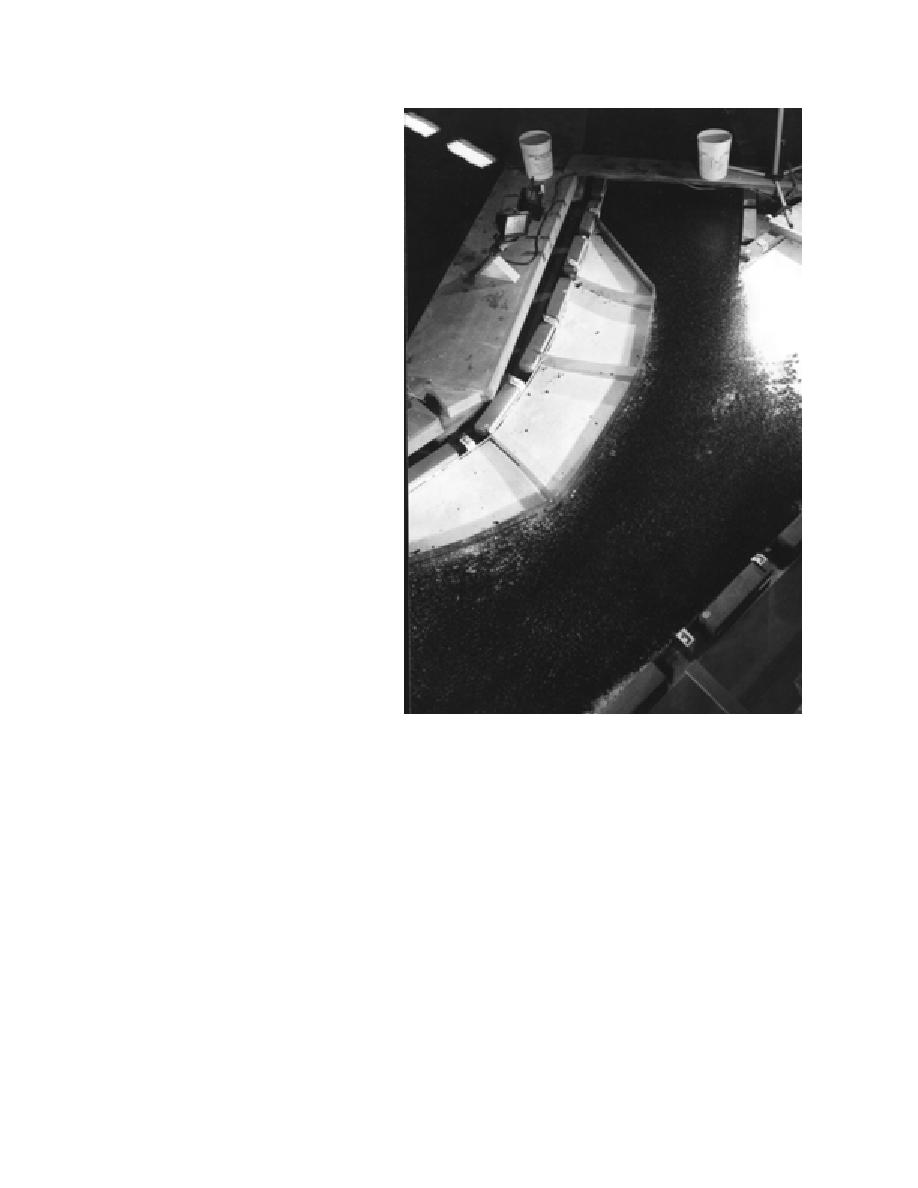
Figure 23. Effect of simulated wind over
the confluence. Wind direction is approxi-
mately northwesterly (diagonally across the
confluence).
immediately downstream of the confluence, and this
Confluence conditions causing jams
It appears, at this stage, that a major propor-
must be taken into consideration.
tion of jam problems at confluences are attribut-
able to two causes:
CONCLUSIONS
Ice from one channel discharges into a
channel that has a sluggish flow (a lake is a
Three sets of preliminary conclusions can be
limiting example of this situation) or has a
drawn from the results of this study. One set
stationary ice cover.
relates to the confluence conditions that seem to
Bathymetric irregularities in confluence geom-
be typically associated with ice jam development
etry retard ice discharge and initiate jams.
at confluences. The second set relates to the
investigation of ice discharge processes through
Jams caused by the merging of ice discharged
river confluences, with particular attention given
from two confluent channels may occur less fre-
to the confluence of the Missouri and Missis-
quently, since the joint probability of ice discharg-
ing from two channels simultaneously is likely to
sippi rivers as a case study. The third set con-
cerns the use of PIV for mapping water and ice
be small. Further work should address two spe-
velocities.
cific objectives. One is to determine the conditions
28



 Previous Page
Previous Page
